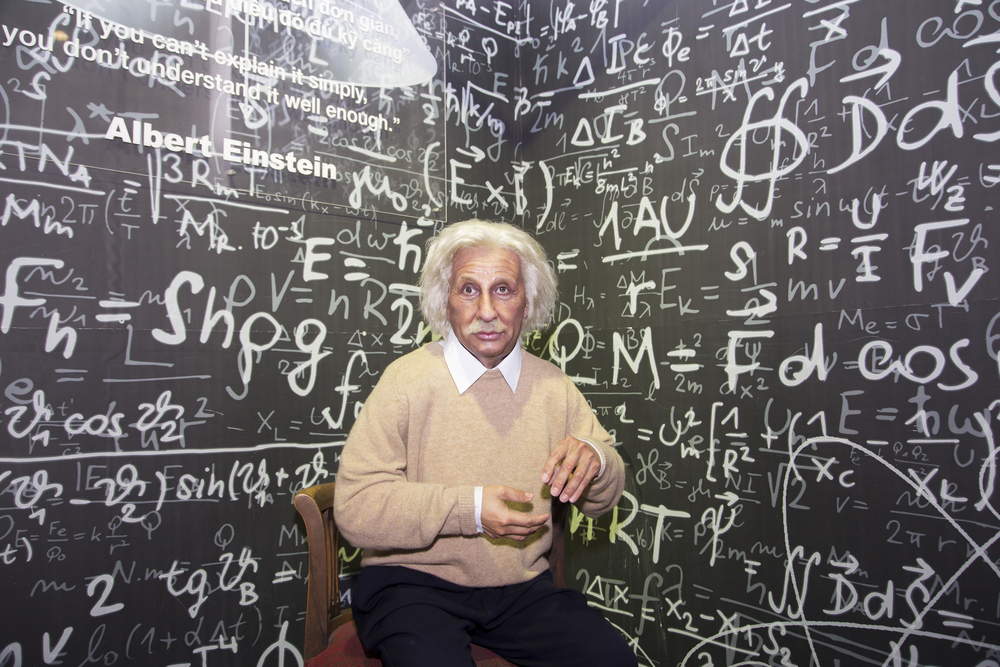
Einstein’s theory of gravity, also referred to as General Relativity, predicts that a rotating body such as the Earth partially drags inertial frames along with its rotation. In a study recently published in EPJ Plus, a group of scientists based in Italy suggests a novel approach to measuring what is referred to as frame dragging. Angela Di Virgilio of the National Institute of Nuclear Physics, INFN, in Pisa, Italy, and her colleagues propose using the most sensitive type of inertial sensors, which incorporate ring lasers as gyroscopes, to measure the absolute rotation rate of the Earth.
The experiment aims to measure the absolute rotation with respect to the local inertial frame, which is what is referred to as frame dragging. In principle, the ring laser should show one rotation around the Earth’s axis every 24 hours. However, should observation by reference to fixed stars in the sky show a slightly different rate of rotation, the difference can be attributed to frame dragging.
The authors’ proposed experiment, called GINGER, requires two ring lasers to provide a reference measurement. It suggests comparing experimental GINGER data with the kinetic Earth rotation rate independently measured by the International Earth Rotation System Service (IERS). According to the authors, their proposed solution can accurately test the frame dragging effect at 1%.
This is a vast improvement compared to previous experiments, such as the 2011 Stanford Gyroscope Experiment, Gravity Probe B (GPB), which agreed with General Relativity’s prediction for the frame dragging with an estimated 19% margin of error. Or the 2016 measurement of the dragging of the plane of an orbiting satellite, using laser ranged satellites like the satellite LARES, which boasted a 5% margin of error. The authors expect that, ultimately, the satellite-based approach could even deliver accuracy below the 1% error measurement threshold.




